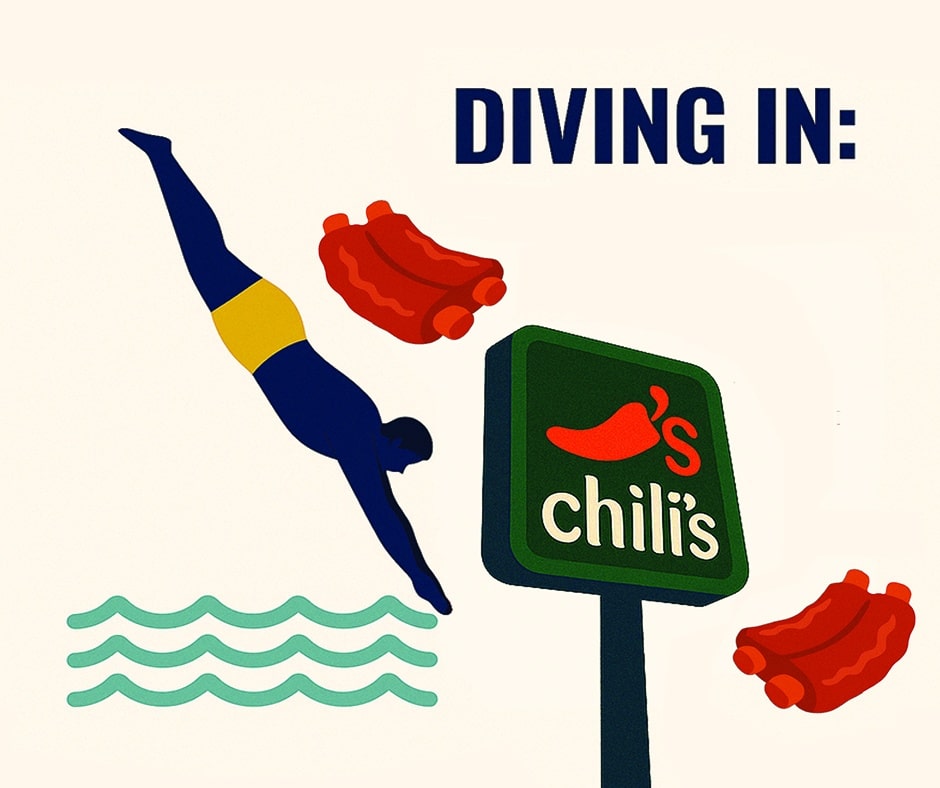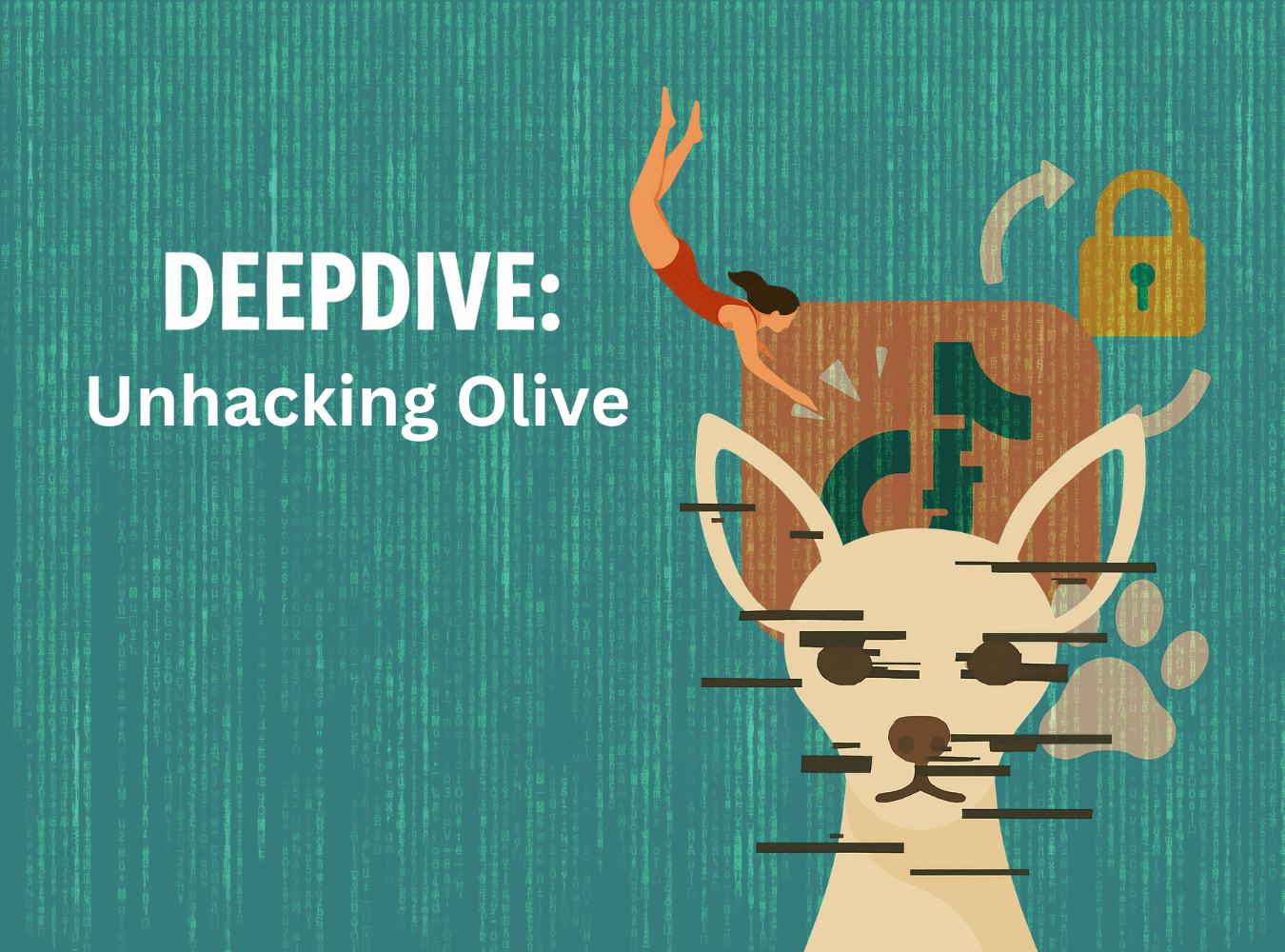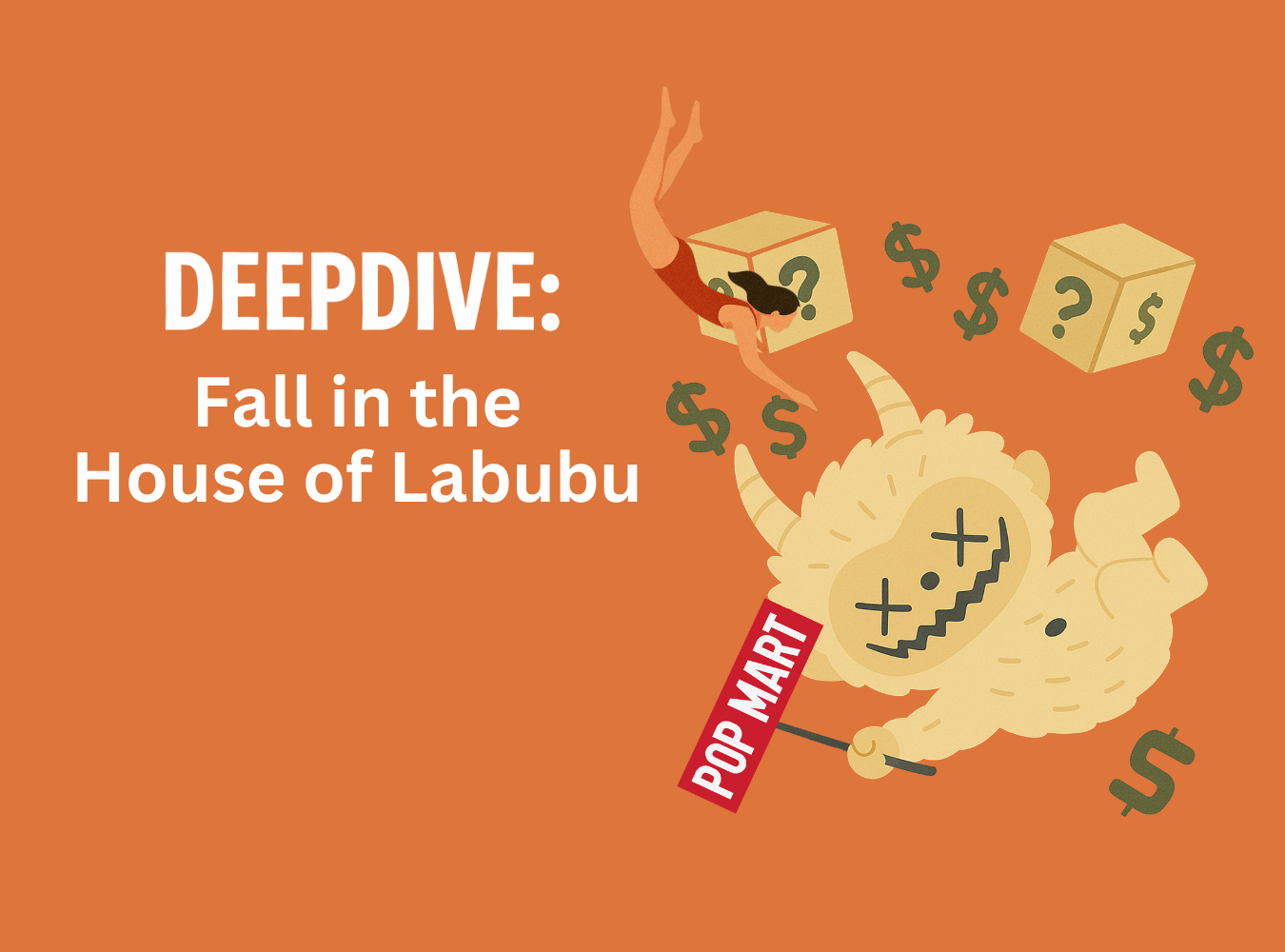From unhinged tweets to nostalgic pop-ups, Chili’s is proving that brand legacy isn’t a liability—it’s a marketing advantage.
Chili’s opened its doors in 1975 as a quirky burger joint in a converted postal station on Dallas’ Greenville Avenue. With a Southwestern flair and a laid-back, neighborhood vibe, the brand quickly expanded, becoming synonymous with casual dining throughout the ’80s, ’90s, and early 2000s. Signature items like baby back ribs and the Triple Dipper turned Chili’s into a household name, but as fast-casual trends evolved, its cultural relevance began to fade.
For years, Chili’s was more meme than must-visit. Just a relic of early-2000s dining culture known more for Triple Dippers than trendsetting. But in 2024, something shifted.
Without a rebrand, menu overhaul, or flashy new name, Chili’s has reentered the cultural conversation and not by accident. The brand has transformed from punchline to cultural player through platform-native content, unapologetic food fandom, and a chaotic-yet-confident tone.
This is what happens when a legacy brand stops chasing relevance and starts owning it.
Want to dig in even deeper? Check out the ListenFirst Quick Service & Fast Casual Restaurants brand set to see all the brands mentioned in this article and more.
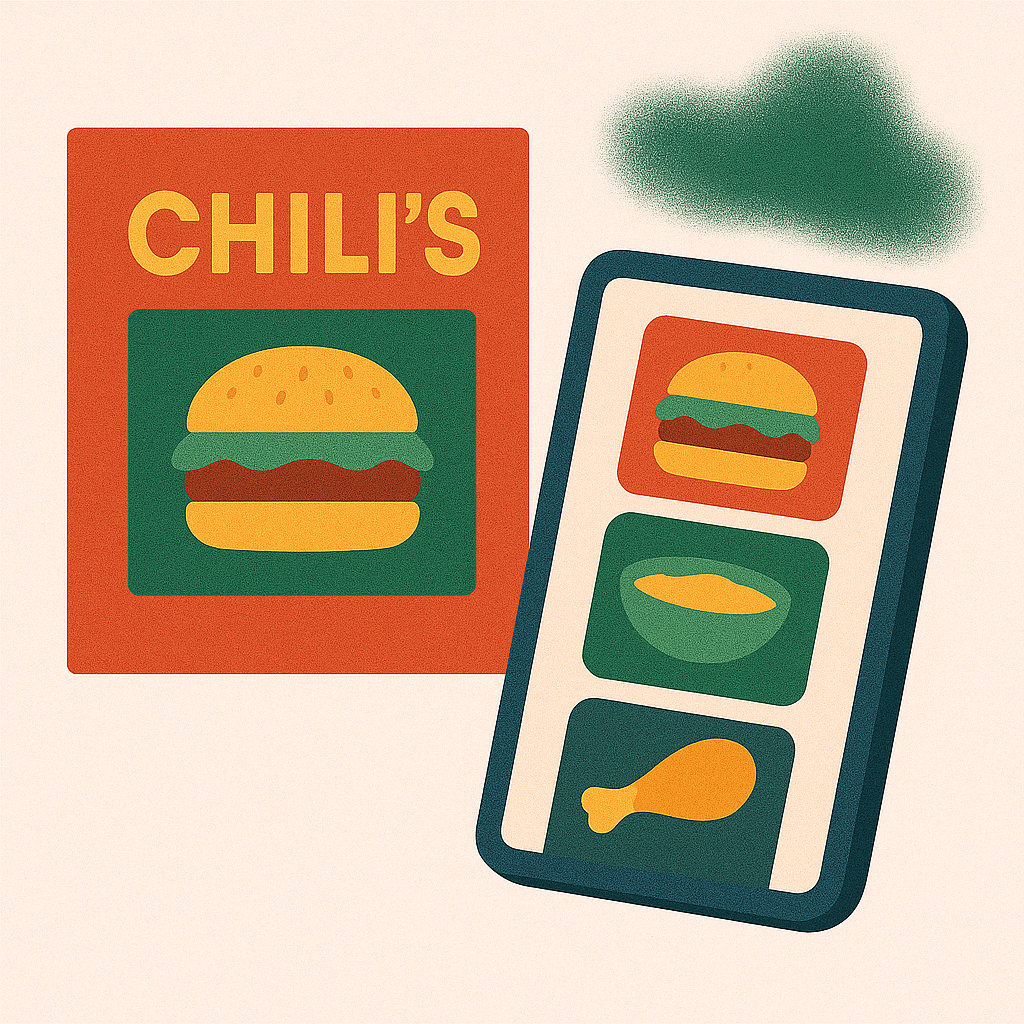
What’s Happening: From Meme Energy to Real-World Moves
Chili’s resurgence is rooted in a modern playbook: don’t sanitize the brand, amplify what makes it distinct. Across platforms, the chain has embraced tone, timing, and community to drive real engagement.
X:
The brand fully embraced absurdist, meme-literate humor with one-liners like “If your man isn’t taking you to Chili’s tonight, break up with him!!!!!!” Paired with surreal visuals, like baby back ribs floating in space, Chili’s racked up 348,762 engagements in Q1 2025.
Instagram:
Chili’s highest-volume platform (659,789 engagements) is powered by lo-fi “bad flyer” design, mouthwatering close-ups, and punchline-driven carousels. Every post is engineered for scroll-stopping humor and hunger.
TikTok:
On TikTok (305,588 engagements), the brand thrives on behind-the-scenes chaos, employee humor, and UGC-style food stunts. The tone is unpolished and personal, key to resonating with Gen Z audiences.
Offline Activations:
Chili’s has taken its internet energy into the real world with IRL moments built for shareability. From a parody “Buy Now, Pay Later” booth in NYC to a The Office-themed pop-up in Scranton, these stunts doubled as content and earned media.
The Results:
- #6 in total social mentions (113,408) in Q1 2025
- +41,285 new followers across platforms
- Outpaced Applebee’s (+8,054) and BJ’s (+2,190)
This isn’t just noise. It’s equity in action.
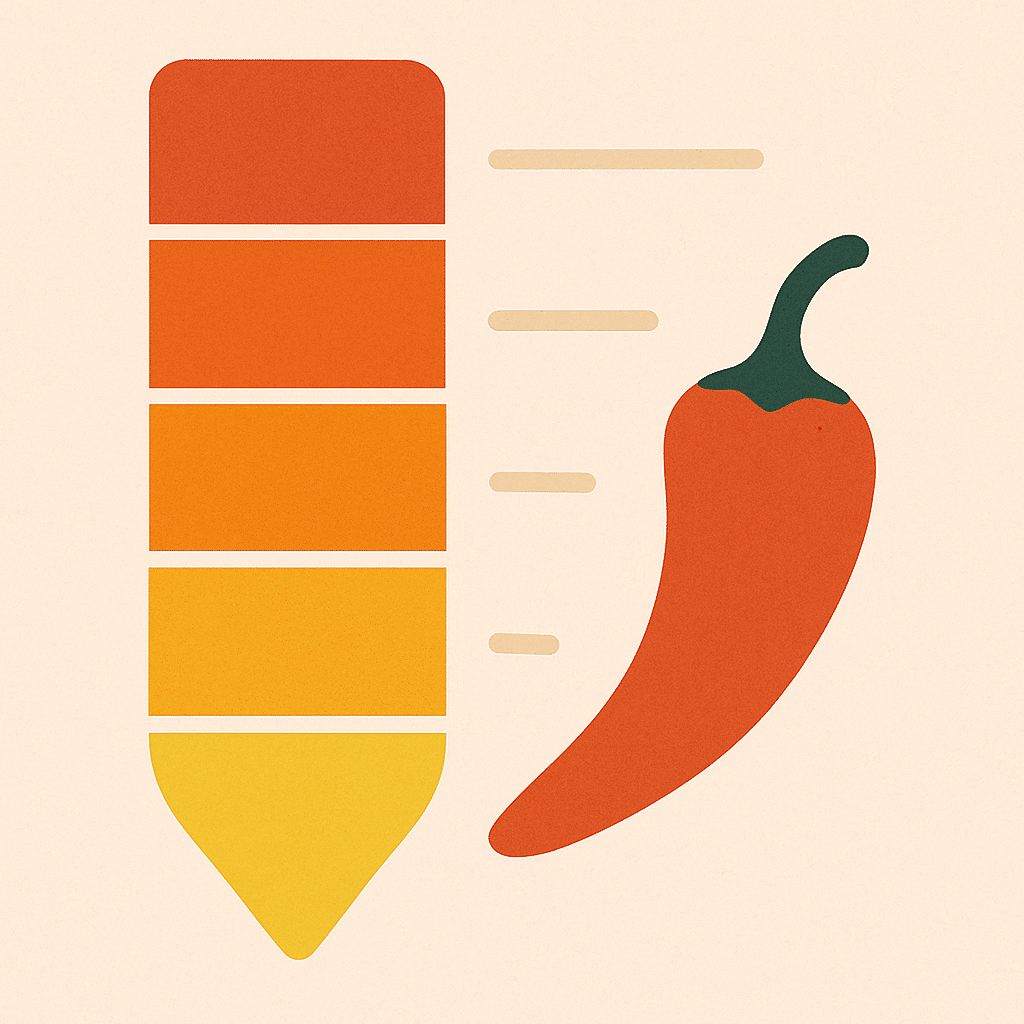
What Competitors Are Missing
Chili’s isn’t just winning on content—it’s pulling away from peers in both Engagement and tone. Other casual chains have history, but few have found a way to make it resonate in today’s culture.
Hooters: Despite broad name recognition, the brand is struggling to stay relevant. With just 17,305 engagements and 2,190 mentions in Q1. As cultural values shift, its core identity is increasingly viewed as outdated or out of step, making its legacy more of a liability than an asset.
TGI Fridays: Closed 36 locations in early 2025 and is now exploring a “bankruptcy bounce-back” strategy. On social, just 38,579 engagements and 5,843 mentions suggest brand fatigue and declining visibility.
Red Lobster: Under new CEO Horace Dawson, the brand is simplifying its menu and investing in loyalty and delivery infrastructure. Q1 results: 96,028 engagements and 10,671 mentions—a modest but meaningful step toward cultural relevance.
Olive Garden: Still strong (823,080 engagements and +25,190 new followers), though its more traditional tone leaves room for evolution.
Texas Roadhouse: Consistent but quiet, with 104,068 engagements and 9,442 mentions—solid performance without a clear cultural POV.
These examples reinforce a key truth: brand memory is not the same as brand momentum. Even once-iconic brands can lose ground without evolving their voice and values in a cultural climate that values inclusivity, self-awareness, and originality.
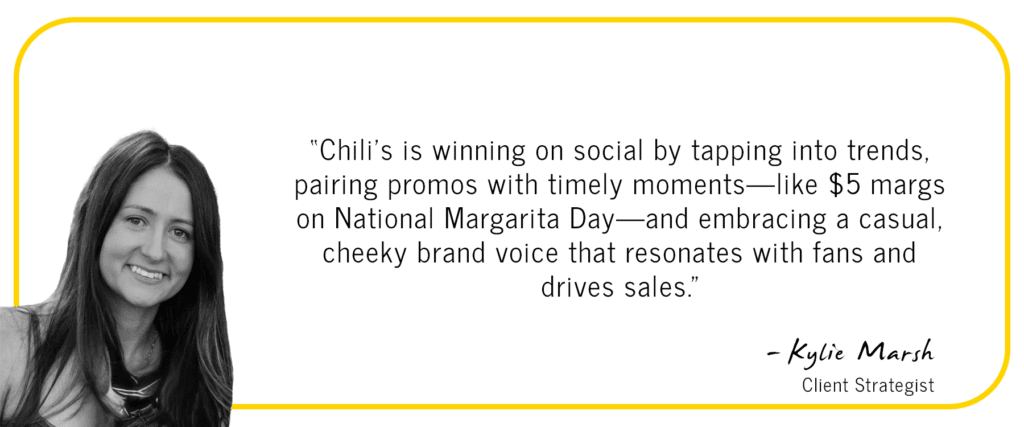

Internal Alignment: Culture Drives Content
Chili’s didn’t just get louder on social—they got smarter. In an age where most brands are chasing the next viral format, Chili’s found its voice by leaning into a few consistent, fan-fueled pillars that now define its social identity.
It all starts with food fandom. Every chaotic meme or offbeat caption still circles back to what matters most: craveable comfort. Whether it’s a $5 margarita or “11 a.m. beer energy,” the content always leads with appetite.
Then there’s internet literacy, a quality that sets Chili’s apart from brands trying too hard to speak the language of TikTok and Instagram. Their posts riff on fan comments, remix native meme formats, and easily tap into platform jokes. It never feels like they’re crashing the party.
Creative repetition builds a sense of community. The recurring phrase “I am what I am” shows up in surreal visuals and inside jokes, creating a thread for fans to follow and remix.
And they’re not doing it alone. Influencer alignment has helped extend Chili’s tone across foodie and humor verticals. Partners like @callmebelly, @salt_hank, and @devourpower don’t just promote—they play. The brand has become a sandbox, not a script.
But the real reinvention happened behind the scenes.
When CEO Kevin Hochman took the helm in 2022, he pushed for more than just punchy tweets. He pushed for cultural alignment. “We wanted people to feel proud to say they’re a Chili’s person,” he said. That internal pride now shows up in every caption, carousel, and kitchen-side video.
The impact has been measurable:
- Restaurant morale is up
- Customer traffic has increased
- Net Promoter Score (NPS), a key indicator of customer satisfaction, has improved over the past 12 months
The social wins reflect something deeper. This is a brand that finally feels like itself again.
It’s also worth noting that Chili’s isn’t chasing polish. They’re leaning into formats that invite interaction rather than admiration:
- Carousel memes with indulgent food and punchy copy
- Behind-the-scenes reels featuring staff humor and day-in-the-life content
- Polls and prompts that blur the line between engagement and R&D
- Micro-campaigns tied to food holidays like National Margarita Day and Triple Dipper Tuesdays
These aren’t just posts. They’re inviting participation, and the audience is RSVPing in droves.
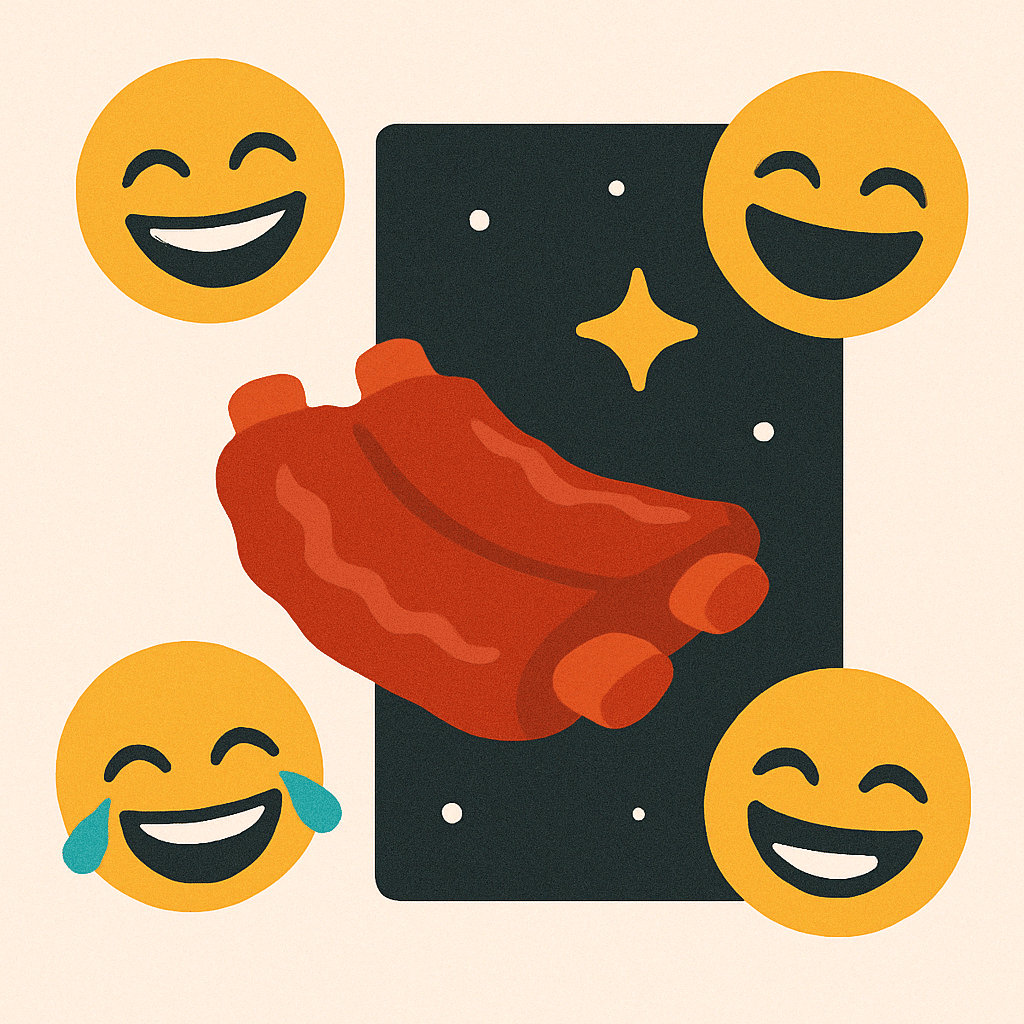
Key Takeaways for Marketers
- Be loud, not random: A bold tone works when it’s rooted in product and pride.
- Know your platform lanes: Tailor execution—X for chaos, TikTok for reels, IG for visual humor.
- Create your own trends: Chili’s doesn’t chase vibes—it shapes them with a distinct POV.
- Let culture lead: Internal buy-in empowers experimentation and multiplies creative confidence.
Remix nostalgia: Legacy isn’t outdated—it’s remixable IP waiting to be refreshed for today’s scroll.
Final Thought: Legacy Isn’t Lame—If You Own It
Chili’s isn’t chasing trends—it’s curating them. By blending millennial nostalgia with Gen Z’s taste for irony and vibe checks, it’s become more than a restaurant—it’s a brand with lore, fans, and momentum.
The broader truth: Legacy brands don’t need reinvention. They need recontextualization.
In today’s feed economy, the most future-facing move might be to own your past—and make it weird.
Chili’s Public Social Stats as of April 20th, 2025
| Metric | Value |
| Follower Growth | 4157 |
| Total Followers | 4.96M |
| New Posts | 12 |
| Engagements | 40.9K |
| Response Rate | 0.89% |
| Public Impressions | 595K |
| Public Video Views | 380K |
Want more deep dives like this? Make sure to subscribe to our weekly newsletter, LF Pool Party, for everything social media professionals need to know to make their strategy a 10/10.

